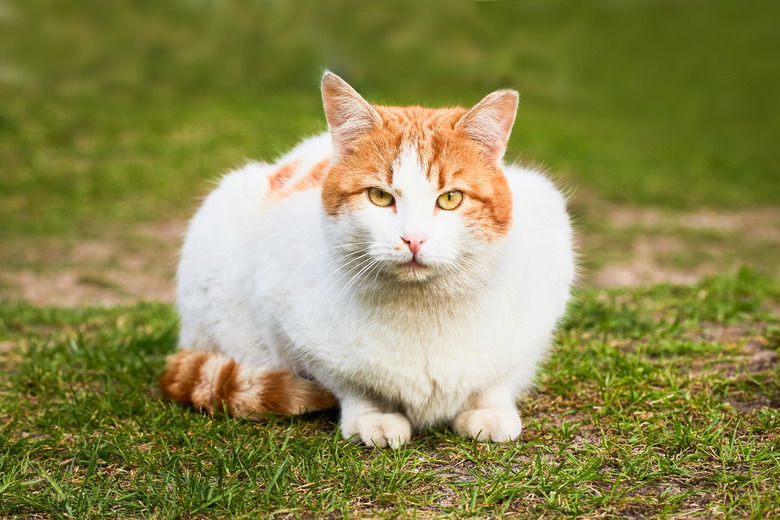Globulin Levels In Cats
When taking your cat to the vet for a checkup or health issue, many times a blood test will be ordered. A blood test is a great tool even for seemingly healthy cats, as it will bring to light inconsistencies that could be the beginning of a health problem, as well as help clarify symptoms. The blood test also aids in keeping track of how a treatment is affecting the cat's overall health. If the blood work shows globulin is high in cats, this is often a sign of inflammation or infection.
Types of blood proteins
Types of blood proteins
Globulin is a protein, a building block of cells and tissue. Proteins are the basic element of enzymes and antibodies, as well as many hormones and clotting agents. Together with the other chief protein, albumin, globulin has several functions in assisting your cat's blood cells, including transporting hormones and vitamins, regulating the acid to alkaline ratio, and providing muscles and tissues with water and energy.
Measuring protein levels
Measuring protein levels
Protein levels in cats are constantly fluctuating with changes in diet and metabolism. Therefore, blood work showing a small rise in protein levels could be explained simply by a lack of water intake that day. True medical issues are more correctly identified when protein levels are compared with symptoms and other high or low numbers in the chart. Still, blood work showing a cat with increased or decreased globulin levels can point to a few possible issues.
Low globulin levels
Low globulin levels
Cats with blood work showing low globulin might be experiencing liver dysfunction, anemia, or kidney issues. The diet and thyroid may need to be examined in cats with decreased globulin levels.
Globulin high in cats
Globulin high in cats
Since globulin contains antibodies, an increase in a cat's globulin levels may indicate a parasite or a viral or bacterial infection. Other possible issues that cause globulin to be high in cats include feline liver disease, arthritis, and kidney issues. If high globulin numbers are accompanied by vomiting or diarrhea, the cat might be tested for pancreas and bowel problems. A urinalysis can help determine kidney health, and an x-ray could show possible arthritis.
Further globulin testing
Further globulin testing
If feline globulin numbers are of great concern, a test called electrophoresis can further break down globulin levels. A problem might then be limited to the alpha, beta, or gamma globulin. This will further help narrow down problem areas. For example, issues such as inflammation can be severe when alpha globulin is increased, but milder when the increase is in beta globulin. An inflammatory condition known as FIP, or Feline Infectious Peritonitis, causes an increase in beta globulin.
Total protein levels
Total protein levels
Total protein is one of the many numbers on a blood work profile that works along with globulin to tell a larger story. Because protein numbers can fluctuate with diet, it is important to note that cats on a high-protein diet, such as a raw meat diet, will normally show slightly higher protein numbers.
Cats with high protein numbers might be suffering from dehydration, lymphoma, or infections such as tuberculosis and pneumonia. Low protein numbers in cats could indicate malnutrition, anemia, liver disease, hemorrhage, or gastrointestinal disease.
Ratio of albumin to globulin
Ratio of
albumin to globulin
The albumin-globulin ratio, or A/G Ratio, is determined by dividing albumin by globulin. While it is normal for cats to have slightly more globulin than albumin, since protein numbers do fluctuate it is also not unusual for a healthy cat to have equal amounts of the two or to show slightly higher albumin levels.


